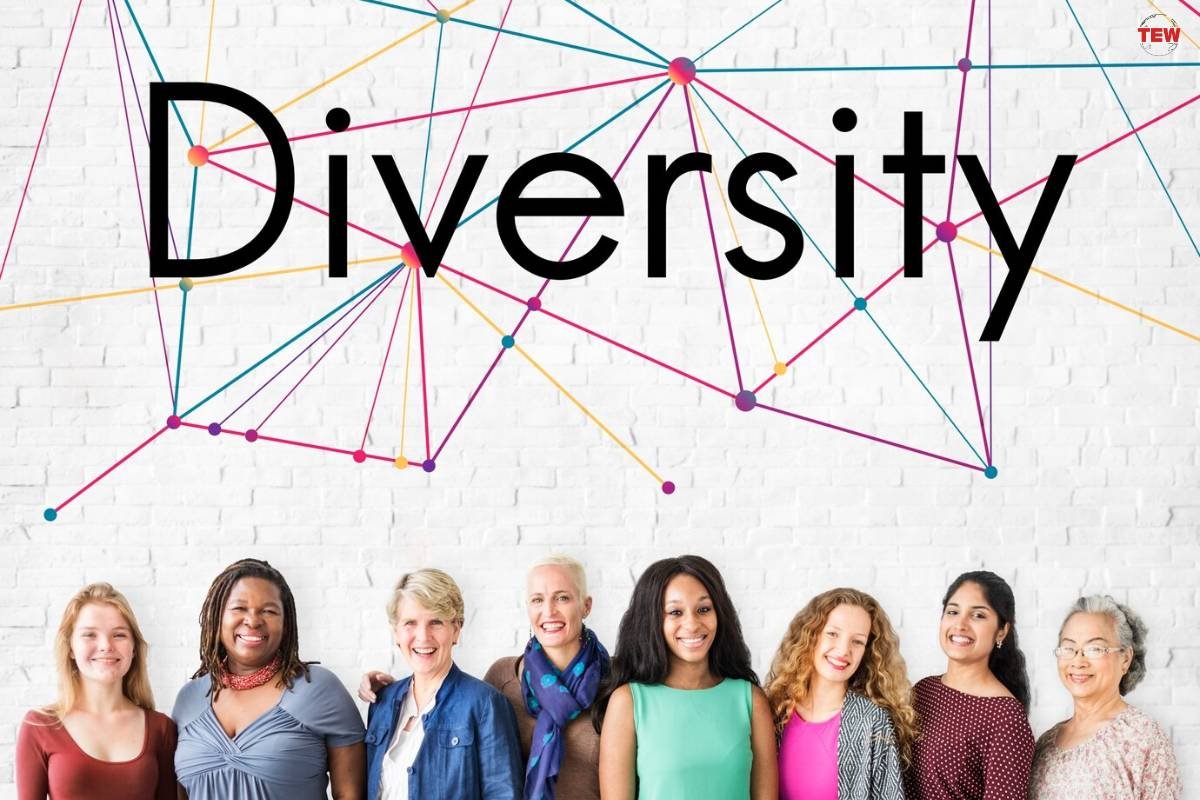In today’s rapidly evolving and globalized business environment, the principles of inclusion and belonging have taken center stage, reflecting a profound shift in organizational values and priorities. As businesses traverse international borders and cater to diverse markets, the essence of creating an inclusive atmosphere has become increasingly critical. This new emphasis has replaced the earlier era, marked by a singular and often rigid company culture.
Contemporary businesses are rapidly realizing that fostering an inclusive environment goes beyond mere ethical considerations. It directly correlates with heightened innovation, increased productivity, and the holistic success of the organization. Gone are the days when a monolithic company culture was the norm. Instead, there’s a growing acknowledgment of the myriad benefits that come from embracing diversity.
Leaders across sectors are now making concerted efforts to embed these values deeply within their corporate DNA. They understand that in the dynamic landscape of today’s business world, a diverse and inclusive workforce isn’t just a moral imperative, but a key driver of innovation, productivity, and overall success.
Why Inclusion and Belonging Matter?
Inclusion goes beyond the mere act of assembling a varied workforce; it delves into the realm of cultivating an environment where every individual—irrespective of their background—feels genuinely acknowledged, listened to, and comprehended. The essence of diversity lies in its ability to bring a mosaic of perspectives together. Yet, its true strength is realized only when these varied voices feel an intrinsic bond with the organization. Diversity can open doors, but it is the deeper sentiment of belonging that encourages employees to walk through those doors with confidence, contribute passionately, and flourish within the organization.

Belonging extends further than a superficial sense of fit. It embodies the profound sentiment of being intricately woven into the tapestry of an organization, where one’s distinct identity is not merely accepted in passing but is genuinely appreciated and exalted. However, herein lies a conundrum that many businesses grapple with. While recruiting diverse talent can be quantified and is an explicit move toward inclusivity, fostering an ethos of true inclusion and belonging is an ongoing, nuanced process.
Simply having a multicultural team isn’t the endgame. The real challenge, and opportunity, for businesses is to ensure that these teams, once onboarded, experience an environment where their individuality is recognized, their voices amplified, and their contributions celebrated. In such a nurturing environment, the collective potential of diverse teams can truly be unlocked, leading to innovation, growth, and enduring success.
The Role of Language: Crafting an Inclusive Phrase
Language plays a critical role in fostering inclusion and belonging. The words we use in our workplace communications, policies, and interactions can either uplift or alienate. Consider the value of an inclusive phrase in internal communications. Instead of using gendered terms like “chairman” or “salesman,” businesses are transitioning to gender-neutral terms such as “chairperson” or “sales representative.” Such simple changes can make a significant impact on employees, signaling that the company values and recognizes everyone equally.

Additionally, language isn’t just about the words we choose but also about the context and tone in which they’re delivered. Communication that is open, empathetic, and actively seeks feedback demonstrates a company’s commitment to fostering a supportive environment. It’s not merely about replacing certain terms, but embracing a holistic approach to communication that recognizes and respects the diverse experiences and perspectives of all team members. This shift in communication strategy can serve as a foundation for building trust, mutual respect, and a sense of belonging among employees.
Challenges Faced by Businesses
Indeed, championing authentic inclusion and fostering a genuine sense of belonging in the workplace is a commendable goal, but it’s one that’s laden with complexities and challenges. In their pursuit of inclusivity, businesses frequently find themselves navigating the murky waters of unconscious biases, entrenched outdated policies, or even a fundamental lack of clarity about what true inclusion entails.
Take, for example, a well-intentioned company that organizes events or team-building exercises. While aiming to boost camaraderie, they might inadvertently design activities that resonate primarily with a particular demographic, leaving others feeling sidelined or overlooked. Similarly, even the most dedicated leadership teams can sometimes be oblivious to subtle microaggressions that transpire within their ranks, unintentionally allowing feelings of alienation to fester among certain groups or individuals. Such oversights underscore the intricate nature of fostering a truly inclusive environment.
Best Practices for Fostering Inclusion and Belonging

- Continuous Education: Companies should invest in regular training sessions that address unconscious bias, cultural sensitivities, and the value of diverse teams. This helps in breaking stereotypes and fostering a culture of understanding.
- Open Dialogue: Encourage open conversations about inclusion. This means providing platforms where employees can voice their concerns, share experiences, and suggest improvements without fear of repercussions.
- Review Policies and Procedures: Businesses must regularly audit their policies to ensure they’re inclusive. This includes everything from hiring practices to how meetings are conducted.
- Celebrate Diversity: Organize events or sessions where teams can share their cultural experiences, festivals, or traditions. This not only educates but also brings teams closer.
- Leadership Involvement: Leadership must be actively involved in inclusion efforts. When senior management takes an active interest in fostering inclusion, it signals to the entire organization that these values are essential.
In Conclusion
In the contemporary business landscape, the notions of inclusion and belonging have transcended the realm of mere buzzwords. They have evolved into foundational pillars that define the ethos of progressive organizations. Their influence is palpable, affecting a spectrum of areas within the corporate world, from nurturing employee well-being and satisfaction to directly influencing a company’s profitability and growth trajectory. By recognizing the intricacies and challenges associated with fostering inclusivity, and by leveraging tools like inclusive phrases, businesses can craft strategies that promote a holistic sense of belonging among their workforce.
As our world becomes more interconnected and globalized, the onus is on businesses to not only adapt but to lead with empathy and inclusiveness. Such an approach doesn’t just benefit the internal dynamics of the company but also resonates externally, establishing the organization as a leader in promoting global values. An active commitment to creating an environment where every individual feels valued and integrated is not just the right thing to do; it’s a strategic imperative. This proactive approach ensures businesses are well-equipped to thrive in the complexities of the modern world, marking their place as forward-thinking and socially responsible entities.




